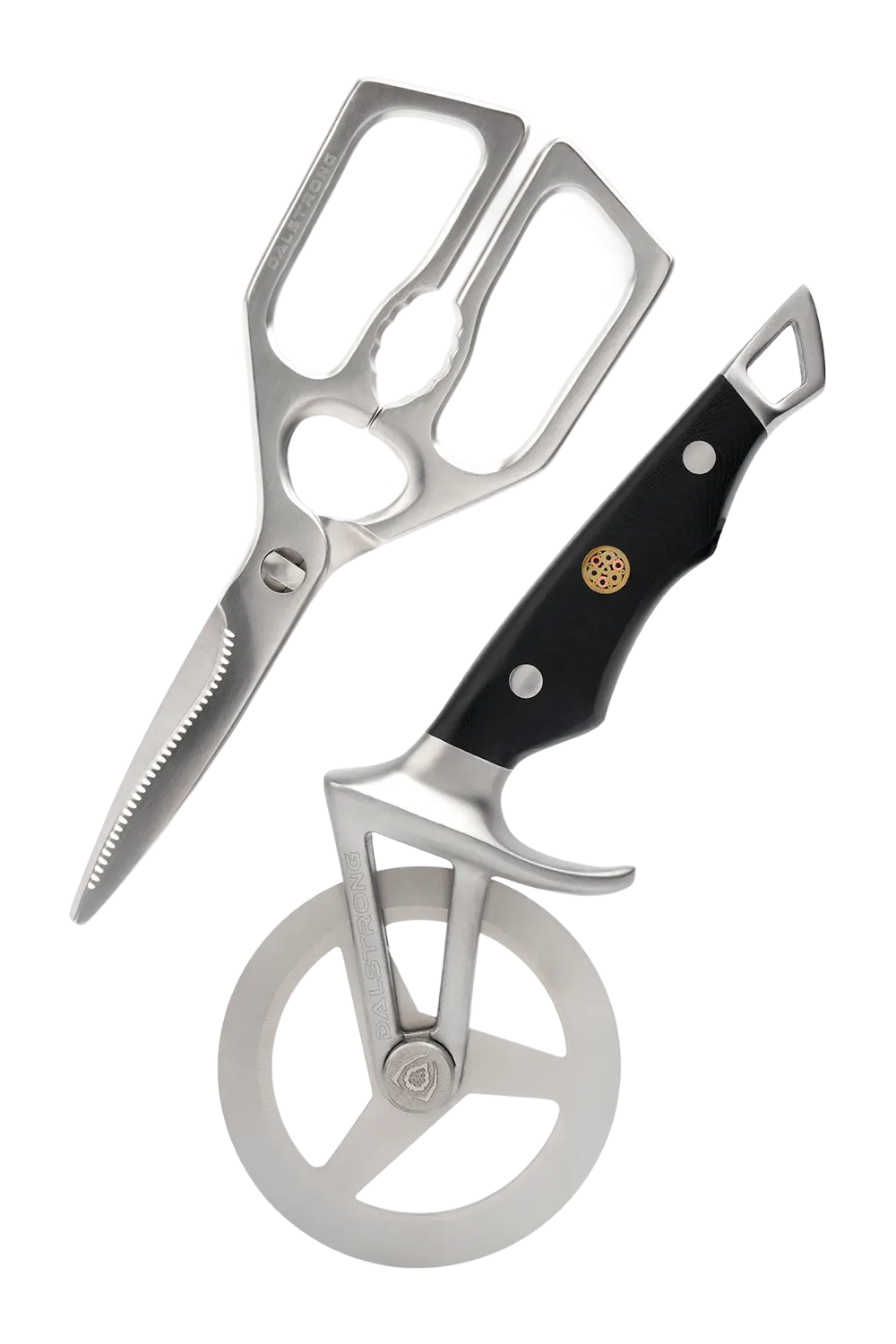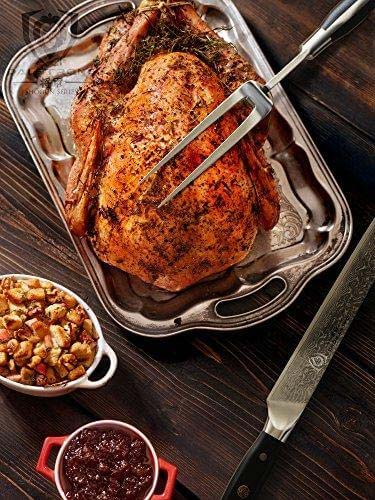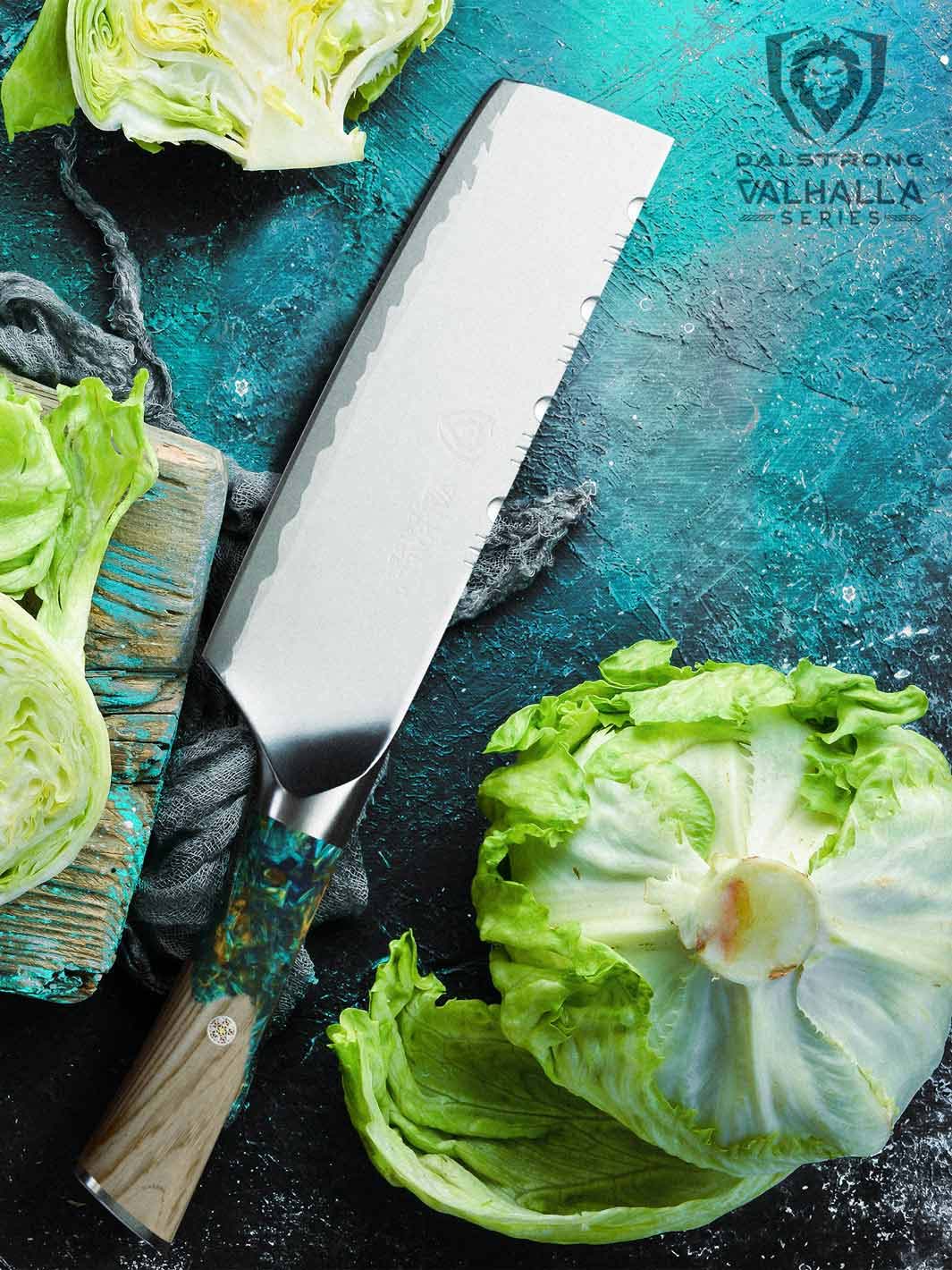Must-Try Korean BBQ Sauce Recipe
Quick Overview: Korean BBQ Sauce Recipe
- In a mixing bowl, add soy sauce, Korean chili peppers, chili garlic sauce, rice vinegar, fresh ginger, garlic, fermented soybean sauce, chili paste, chili sauce, toasted sesame seeds, salt, and black pepper, and stir until well-mixed.
- Add in any other dry ingredients and mix once again.
- Heat your wok or saucepan and add sesame oil to it and make sure the heat is on low flame so your oil doesn’t burn.
- While your pan heats up, add ¼ cups of cornstarch slurry, water, and dark brown sugar and mix until the sauce has a smooth consistency.
- Add the sauce to the pan and bring it to a boil. This usually takes no more than 4-8 minutes.
- Turn the stove off and let the sauce rest for another 10 minutes.
- Then, add the sauce to a jar and rest it for another 2-3 hours.
- Serve with pork tacos, ground beef lettuce wraps, or chicken wings.
- Garnish with chopped green onions and sesame seeds. Voila!
It’s no surprise that Korean food is one of the finest cuisines to exist. With a number of side dishes to elevate your palate, there is a staple condiment that can amp it up ten folds. And, that is a hearty serving of Korean bbq sauce.
This dipping sauce can always make everything taste better, whether it’s Korean BBQ, the infamous Korean fried chicken, grilled meat, fried rice, or baby back ribs.
So, in this blog, I’ll be walking you through the different methods to nail a batch of Korean BBQ dipping sauce.
If you're currently on a diet and would want to know if it's okay to get obsessed with Korean bbq, learn more about that here.
1. What Is Korean Bbq Sauce?

Korean barbecue sauce is a sticky sauce that is super easy to make and can be stored for months on end. This sauce is similar to a chili garlic sauce, but with more vegetables and seasonings for a little spice and an extra kick to change things up.
Most Korean BBQ sauces are made with pepper paste or Gochujang paste, fresh ginger, Korean chili peppers, toasted sesame oil, a variety of low sodium soy sauces, corn starch slurry, rice wine vinegar, chili paste, black pepper, barbecue sauce, red peppers, toasted sesame seeds, red pepper flakes, chili garlic sauce, fermented soybean, and store bought dark brown sugar.
Since Korean BBQ sauces are loaded with a lot of sodium and cornstarch, a healthier alternative is to make it at home. This way, you can add the right amount of ingredients, which makes it a safe and healthier option to consume with almost every meal.
The Korean BBQ sauce is well-paired with ground beef, baked chicken, and other Korean foods, but every meat needs a little less salt or a little more sesame oil.
So, let’s get to the ultimate barbecue sauce recipe that can be consumed with any and all meats.
2. The Importance Of Each Ingredient In Korean Bbq Sauces

The Korean BBQ sauce is made with a variety of ingredients and it can get a little confusing if this is your first time making it. So, let me elaborate on how each ingredient that goes into this sauce can make it taste ten folds better.
1. LOW SODIUM SOY SAUCES
There are five types of soy sauces, and they’re common, fermented soybean sauce, tamari, light, and extra light color. Since the ingredients in a barbecue sauce are high in sodium, you can always use low sodium soy sauces like Japanese tamari and light soy sauce.
2. Fresh Asian Pear
Asian pears are quite different from regular ones. Asian pears are smaller, juicier, and sweeter in taste. If you can’t find Asian pears, you can always use red apples.
3. Dark Brown Sugar
This sugar is best for this recipe as it’s much more dense and aromatic than regular brown and white sugar. Dark brown sugar is also best for making regular barbecue sauce. And, since Korean BBQ sauce is mostly used at Korean barbecue restaurants, it makes sense to swap regular sugars for this kind.
4. Chili Garlic Sauce
Chili garlic sauce is readily available at most grocery stores. If you can’t get your hands on it at your local grocery, Asian supermarkets are always stocked up with it. This sauce is the first element of spice in Korean barbecue sauce and can’t be skipped!
5. Rice Vinegar
Rice Vinegar gives your sauce a little more volume and acidity which is important, as you’re working with predominantly spicy and hot seasonings.
6. Garlic
Garlic is a huge component in Asian dishes, and this sauce is no exception to that. Fresh cloves are best for this recipe.
7. Fresh ginger Paste
Fresh ginger paste adds a zing to your sauce which is an unmissable ingredient, as it balances the spice levels in the condiment quite easily. If you can’t make a fresh ginger paste, the store bought paste will do just fine, too.
8. Sesame Oil And Toasted Sesame Seeds
Sesame oil and toasted sesame seeds are common elements used in most Asian sauces. The toasted seeds add a little crunch and aroma to the sauce which gives the barbecue sauce a nutty tinge of color.
9. Gochujang
Gochujang paste is a red chili paste that is a mix of sweet, savory, and spicy flavors that come from fermentation. This paste is made with gochu-garu, glutinous rice, salt, meju powder, and yeotgireum. The sweet flavor of this paste comes from the glutinous rice that is cooked and fermented.
10. Doenjang
Doenjang is a key ingredient in gochujang Korean barbecue sauce. This soybean paste is made by fermenting brine and soybeans. Doenjang is used in soups made with soy sauce and can be used as a relish, too.
11. Green Onions
Green onions are yet another food component used in a dipping sauce. Not only is this vegetable a great piece of garnish on foods, but it also adds color and crispiness to the sauce.
3. Easy Homemade Korean Bbq Sauce Recipes

1. The Original Recipe
Here are the easy steps and ingredients that you should follow for the most delicious batch of Korean BBQ sauce.
Ingredients
- Low sodium soy sauces (light, refermented, and extra light)
- Fresh Asian pears
- Dark brown sugar
- Chili garlic sauce
- Rice wine vinegar
- Fresh ginger and garlic
- Corn starch
- Fermented soybean sauce
- Korean chili peppers
- Chili paste
- Chili sauce
- Toasted sesame oil
- Korean chili peppers
- Sriracha (optional)
- Salt and black pepper
- Green onions
Steps:
- In a mixing bowl, add soy sauce, Korean chili peppers, chili garlic sauce, rice vinegar, fresh ginger, garlic, fermented soybean sauce, chili paste, chili sauce, toasted sesame seeds, salt, and black pepper, and stir until well-mixed.
- Add in any other dry ingredients and mix once again.
- Heat your wok or saucepan and add sesame oil to it and make sure the heat is on low flame so your oil doesn’t burn.
- While your pan heats up, add ¼ cups of cornstarch slurry, water, and dark brown sugar and mix until the sauce has a smooth consistency.
- Add the sauce to the pan and bring it to a boil. This usually takes no more than 4-8 minutes.
- Turn the stove off and let the sauce rest for another 10 minutes.
- Then, add the sauce to a jar and rest it for another 2-3 hours.
- Serve with pork tacos, ground beef lettuce wraps, or chicken wings.
- Garnish with chopped green onions and sesame seeds. Voila!
Expert Tips:
- Store in an airtight container and refrigerate if you plan on finishing the sauce within two weeks.
- If you want to make large batches of barbecue sauce, cook the sauce in a stock pot and transfer it to mason jars. Freeze for 2-4 months.
- If you haven’t made cornstarch slurry, don’t sweat it. All you need to do is add 2 teaspoons of cornstarch to one teaspoon of water and mix well. You don’t want this to be super watery or paste-like, so don’t hesitate to mix more or less cornstarch and water. This is entirely up to how you like it.
2. Gochujang Korean Barbecue Sauce
Ingredients:
Steps:
- In a mixing bowl, add generous amounts of gochujang, rice syrup, doenjang, sesame oil, chopped green onions, sesame seeds, and garlic.
- Add the other dry ingredients, and continue to mix.
- Mix well and add a few drops of water if you want a smoother consistency.
- Seal it in an airtight container until you need to use it.
- When serving, garnish with sesame seeds, or garnish in advance when you’re transferring the sauce to jars.
Expert Tips:
- You can use corn or honey syrup as an alternative to rice syrup.
- Add some of your gochujang Korean barbecue sauce to a wok and mix day-old rice. Crack an egg and scramble it, add frozen veggies, and cook for 10 minutes. Your gochujang barbecue sauce with fried rice is ready to be served.
4. Dalstrong Tools You’ll Need
1. Chef Knife 8" Call of Duty Edition | EXCLUSIVE COLLECTOR SET
This knife from the Call Of Duty Edition is the true-and-tried companion you never had. Built to last you through the toughest and most stubborn cuts of fruits, vegetables, and meat, this is one knife you want to bag. The topographical terrain etched on this blade is striking, to say the least. Hand-sharpened to a staggering 12º-14º on each side for all the precision you need.
PROS:
- The zero-friction blade on this knife gives you clean and precise cuts as it glides through the largest foods.
- The handle has a shock-absorbent nature which increases the sturdiness of the knife and supports the spine.
- The handle is resistant to extreme cold and hot temperatures, which makes it easy to clean and maintain the knife.
- The blade is made with high-carbon 9CR18MOV steel for a robust and safe chopping experience.
CONS:
- The appearance of this knife could seem a little flashy and intimidating, especially if you’re not well-versed with knives.
- If you’re a professional chef, a longer blade length may be a better fit.
2. Nakiri Knife 7" Vegetable Knife | Centurion Series
This Nakiri knife from the Centurion series is a precision-forged vegetable knife that is hand-polished for a smooth, satin-like finish on the blade. The divots along the blade reduce friction, so it’s time to bid farewell to stuck-on vegetable particles.
The hollow pinch grip near the bolster is perfect for home cooks and chefs who want their knives to give them a little more control. Not only is the blade tempered for precision, but the full tang along with the fiber-resin military grade G10 handle makes it every chef’s best tool.
PROS:
- Hardened at 58+ Rockwell for robustness.
- A broad blade to work through vegetables and fruits that are large and uneven in shape and size.
- The handle is ergonomic, providing stupendous flexibility.
- Perfect for busy bees, as this knife is low in maintenance and cleans quite easily.
CONS:
- Some folks may not be huge fans of fiber-resin handles, and if you’re one of them, fret not, as Dalstrong has plenty of handles made with premium quality stainless steel and Pakkawood.
- If you work with large veggies like eggplants, gourds, cabbage, cauliflowers, and broccolis, you may prefer a longer blade on your vegetable knife.
3. 5 Quart Stock Pot Hammered Finish Silver | Avalon Series
Made with a 5-Ply copper-forged foundation, this 5-quart stock pot is perfect for making small batches of Korean barbecue sauce for your loved ones this holiday season. This heavy gauge cookware has a 2.55mm thickness to prevent warping and denting under extreme heat.
PROS:
- The exterior of this stock pot has a mirror-polished bottom which also offers tremendous grip.
- Induction and stove-top friendly. Bring on the Korean barbecue, folks.
- Reap the benefits of this stock pot, thanks to the smudge-free aluminum and 18/10 stainless steel layers that are excellent conductors of heat.
- The vented hole on the lid helps release pressure and prevents spills and warping.
CONS:
- If you’re big on soups, sauces, and jams, I would suggest a larger stockpot. Dalstrong’s collection of stock pots can be found here.
- If you’re looking for a smaller, nonstick stock pot, I suggest this 3-quart nonstick pot.
4. 3 Quart Stock Pot ETERNA Non-Stick | Oberon Series 
Who doesn’t love a nonstick pot? This stock pot from the Oberon series is well-loved and a best-seller. The 4mm tempered glass lid that comes with it is perfect to retain heat and moisture and makes it easy to check the food without having to take the lid off.
This stock pot has the world’s longest-lasting PFOA and APEO-free nonstick coating. So, not only does it reduce cooking time, but you’re free from any toxins that would’ve leached into your food in other pots that had harmful layers of nonstick coating.
PROS:
- The lid’s knob is made with thick cast steel, so you don’t have to worry about this pot faltering when on high heat.
- The stock pot has excellent responsiveness to changes in temperature and evenly distributes heat to avoid cold spots.
- This pot is freezer, dishwasher, and refrigerator-safe.
- Easy to transition to and from the stovetop to your oven or broiler.
CONS:
- If you like a good char on your food or prefer seasoning your pots and pans, a nonstick pot may not be the best fit.
- If you’re looking for stock pots at Dalstrong that are larger in size, this may not work as well for you as the others would.
5. Dalstrong Professional Chef's Kitchen Apron - Sous Team 6"
This is one of Dalstrong’s best-selling aprons for all the right reasons. If, like me, you too like to spend your time in the kitchen whipping up all sorts of sauces, spreads, marinades, and jams, you know the struggle of removing stubborn stains from clothes. This professional chef’s apron is built with a functional, yet distinct design. The thick clasps and cross-back harness are all you need as you work with Korean barbecue sauces, fermented pastes, and other aromatic spices.
PROS:
- Hand-crafted with added durability and made with premium-grade materials.
- This is a medium-duty apron, so it’s perfect for both, home cooks and seasoned chefs.
- Not only is it waterproof and dirt-resistant, but it is comfortable to wear, and even easier to clean.
- The comfort this apron offers is ideal for folks that often struggle with neck strain when spending long hours in the kitchen, thanks to the Dalstrong lion insignia that is designed to distribute weight evenly.
CONS:
- If you simply prefer a lighter color, this apron will not do it justice. But, I have the perfect aprons waiting for you right here.
- This apron may not be compatible with folks on a super tight budget.
6. Lionswood Colossal Teak Cutting Board
Be it Korean BBQ or Korean BBQ sauce, high-quality cutting boards are essential to chop, cut, and slice veggies, meats, and fruits like Asian pears. Teak wood is synonymous with premium, and this board is no exception to that.
This chopping board is made with sustainably sourced Teak that is naturally resistant to stains, bacteria, and water. So, you don’t need to worry about bacteria transferring from your board to the kitchen countertops and then to your cookware. This board is also an exceptional kitchen essential as it doesn’t trap the aroma of marinades, sauces, or spices like chili garlic paste, soybean paste, and rice wine vinegar.
PROS:
- The size of this board is perfect for those with compact kitchens.
- This board can also be used as a charcuterie board, thanks to its end-grain design.
- The board also has a curved groove that can be used as a coaster for side plates, vegetable skins, and fruit pulps that need to be disposed of.
- The wood is also slip-resistant, so your knives don’t have to endure sharp blows.
CONS:
- If you want a slightly savvier-looking block, I suggest browsing through Dalstrong’s cutting boards – There’s something for everyone.
- If you want to step out of your comfort zone, I suggest a round/oval shopping board to take it up a notch. Check them out right here.
5. Frequently Asked Questions
What is Korean BBQ sauce made of?
The Korean BBQ sauce is made of Gochujang, Doenjang, fermented soybean sauce, and other ingredients such as fresh ginger, garlic, chili garlic sauce, and rice vinegar.
What are the ingredients in Korean BBQ?
Some of the ingredients are fermented soybean pastes, Gochujang, Doenjang, ginger, garlic, Asian pears, corn starch, green onions, and glutinous rice.
What Does Korean BBQ marinade made of?
The Korean BBQ marinade is usually made with Gochujang and Deonjang paste.
What is Korean BBQ sauce taste like?
Korean BBQ is one of the most popular cuisines to exist. It is full of different cuts of meat such as chicken wings, ground beef, pork, and others. The sauce is the cherry on top. It can be paired with grilled meats, fried rice, and even to make delicious lettuce wraps.





































































































































































